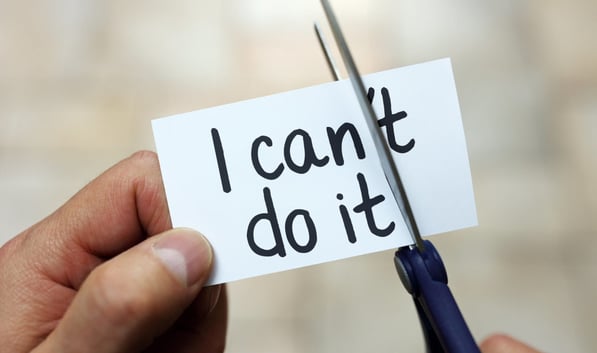
Some people bounce back from tragedy, and others get stuck and can’t move forward. Studies show that resilient people are able to use tragedy as a gift instead of a crutch.
Holding onto a traumatic past makes it a part of your story and holds you back.
I’m no expert in tragedy. I’ve had my fair share of pain, yet I’ve had more good than bad experience, so it’s a balance.
Through my travels, I have met people who have lived through things that I can’t even imagine. For some people, their tragedy gives them purpose and meaning.
Like the song says, what doesn’t kill you makes you stronger. I think that’s true if you take your traumatic experience and learn from it.
How to transcend tragedy
Here are three strategies from Dr. Gregg Steinberg, a performance psychologist, and guest speaker:
1) wake up call. Some unfortunate events precipitate because things are out of line in your life and you ignore the signs until they explode. However, the writing was on the wall many years before. A tragedy will wake you up and force you to face reality.
2) flip the switch. This is where you realize the disaster had a purpose. It happened so you could unfold a much-needed lesson and help you get back to balance.
3) release genius.
Only recently researchers have discovered that resilience is not something you are lucky to be born with, but it’s something that you can learn.
Dr. Martin Seligman created the Penn Resilience Program designed to help people bounce back. He suggests these steps move beyond Tragedy:
Adversity- Understand what the challenge or set back is
Belief- Analyze your thoughts or worries around the tragedy
Consequences- How does this thinking impact you?
Dispute- Dr. Seligman suggests you argue with yourself and dispute all thoughts that aren't evidence-based. Next look for alternative ways to look at the tragedy
Look at the worst thing that could happen or the implications of your thoughts and the usefulness of your beliefs.
How to Deal with Unpleasant Feelings
Most people run, hide or distract themselves from the unpleasant feelings that come with facing reality. Until trauma forces us to confront it and we can’t hide anymore.
What we feel emotionally is felt in the body first as a biochemical response to stress. It’s a physical sensation created by the release of stress hormones. These feelings are usually unpleasant.
That’s what we want to flee from, not the experience itself. According to Dr. Joan Rosenberg, it’s the biochemical wave that lasts just 60-90 seconds.
That’s right. In just over a minute these feelings can flow through you. The key is to stay present with them. Don’t judge them, don’t question yourself or the situation, be with the feeling and let it flow through you.
If you can make it past the 60-second mark, you will feel centered, calm and relief. Insight and awareness of the situation will replace defensiveness and self-doubt. Regular practice will cement this technique.
Alternatively, you can hold onto the emotion and react to it with anger or fear. Instead of letting the emotion sweep through you, you hold onto it, and it has a recurring negative impact. Reacting to stress usually has repercussions.
Dr. Rosenberg suggests unpleasant situations are the path back to you being a more full you.
Check out her free online assessment
Funny Motivational Speaker looks at laughter as a way to survive and thrive.

